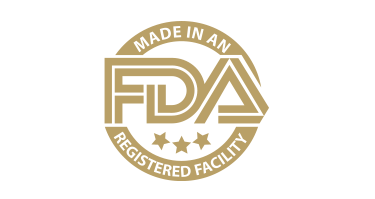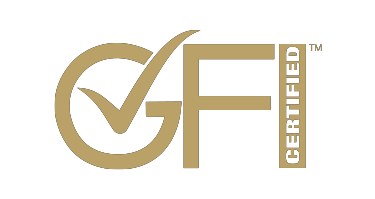Thaw
Option 1 (Refrigerate/Retard Overnight)
Pull product from freezer and place on pan lined with baking paper and lightly coated with a pan release spray (pam, etc.). Cover product in pan with poly(plastic) cover to help avoid air circulation from drying out product. If using a bakery rack, a bakery rack cover is sufficient. This is the recommended technique.
Option 2 (Floor Thawing)
Use the same process as above, except allowing product to thaw at room temperature as opposed to overnight in the refrigerator/retarder. Be sure to cover entire pan with poly(plastic) to prevent dough from drying out.
Option 3 (Direct to Proofer)
Certain products (hard rolls, dinner rolls, etc.) will work by taking the product directly out of the freezer, placing in pans as described above, and placing the product directly in the proofer to thaw and proof.
Proof
Option 1 (Using Proofer)
After product is thawed, remove the poly (plastic) covers from the pans and place into the proofer. Under normal conditions, proofers should be set at 110 degrees with a moist haze on the door. If water is dripping from the door or glass, the humidity may be set too high. If there is no moisture, the humidity may be set too low. Proofing times for different products will vary, but as a general rule, proofed products usually double in size from their frozen state.
Option 2 (Floor Proofing)
If the product has been thawed in a refrigerator/retarder, remove the product from the refrigeration and leave covered on rack or shelf. TIP: to prevent product from sticking to poly(plastic) during proofing, lightly spray the plastic that will be touching the product with a non-stick pan spray. Proofing times may vary widely due to the kitchen environment, but as a general rule, proofed products usually double in size from their frozen state.
Bake
Using a Deck Oven
Generally, a deck oven uses steel or stone decks as a direct baking surface to bake products. Most products will bake best near 375 degrees. Pizzas will require higher temperatures, while more tender dough products (sweet doughs, filo) may require less heat. Smaller items, such as rolls and tunnels, will bake in 15-25 minutes. Larger products, like breads, may require 25-35 minutes of baking.
Using a Convection Oven
A convection oven uses forced air (fan) to aid in baking product. This requires adjustments to either time or temperature. Start with a 20% (around 325 degrees) decrease in the time or temperature of baking your products for optimum results















